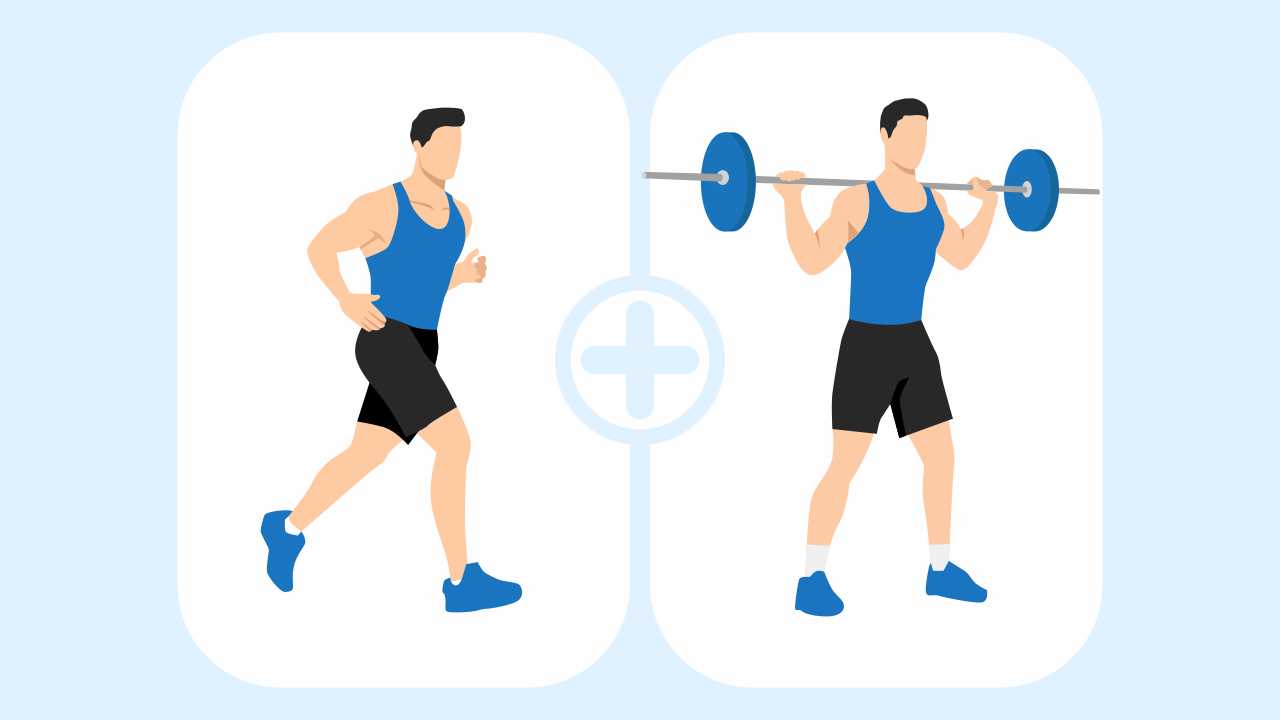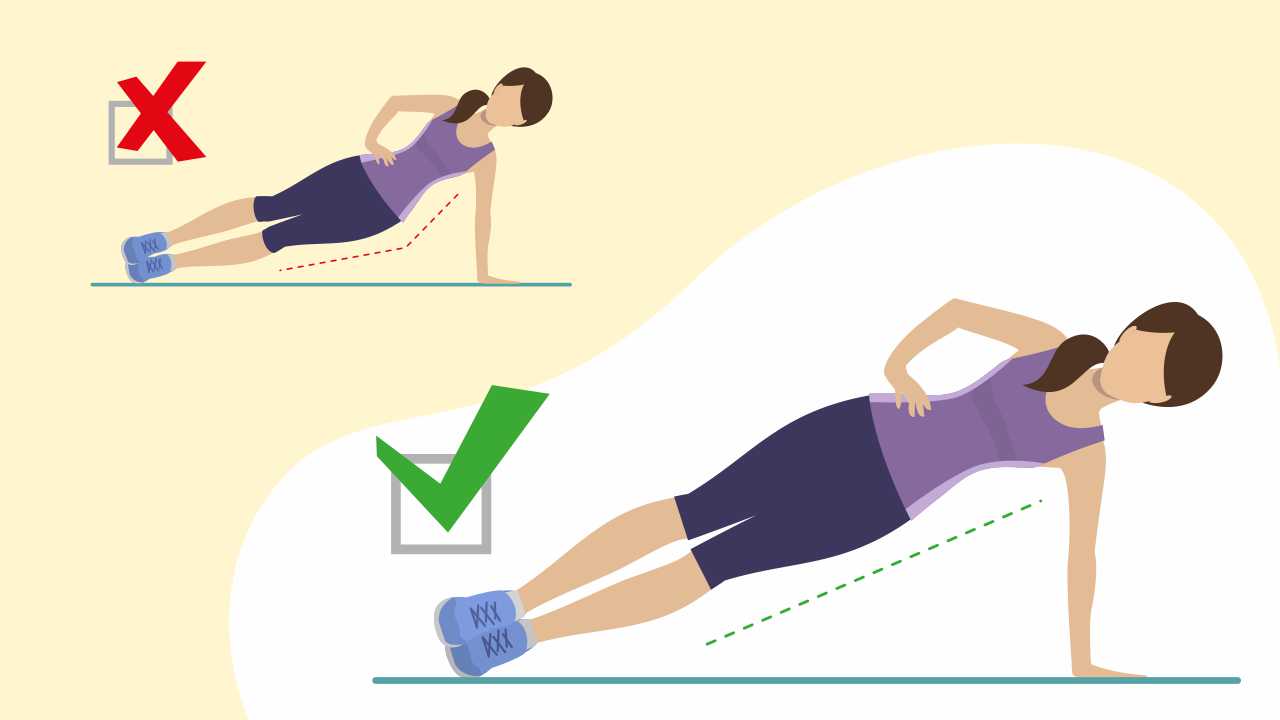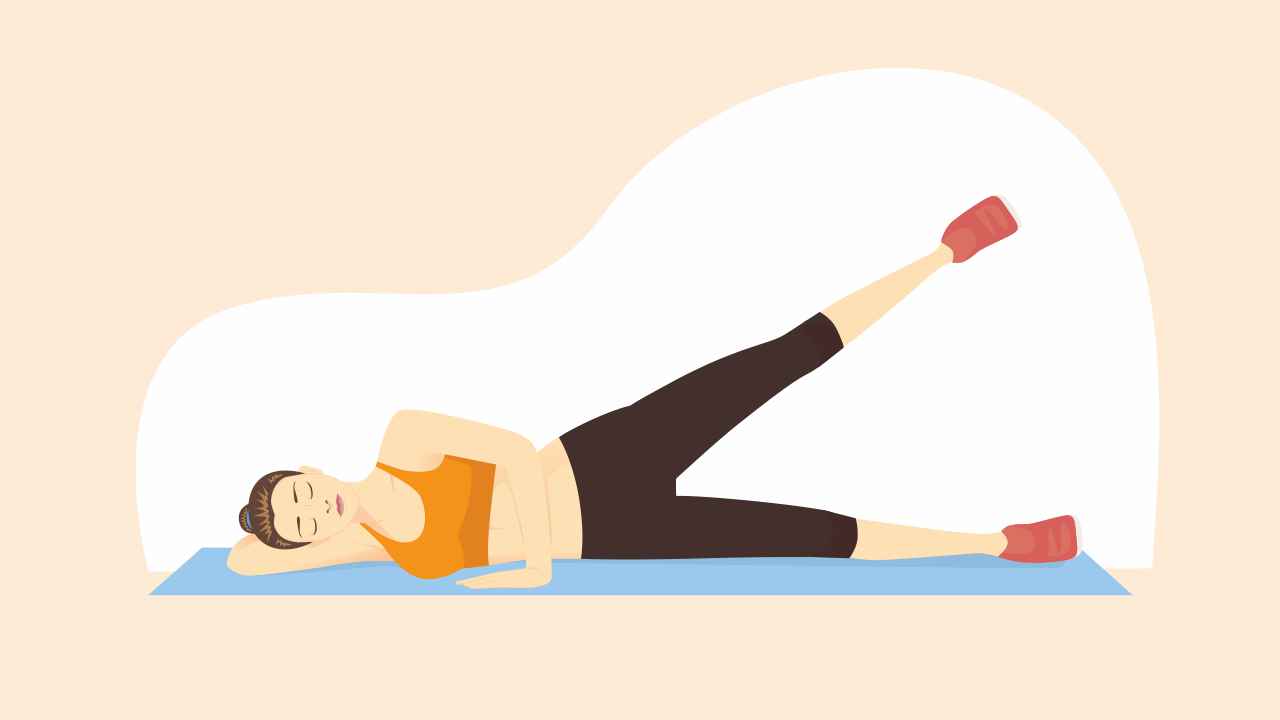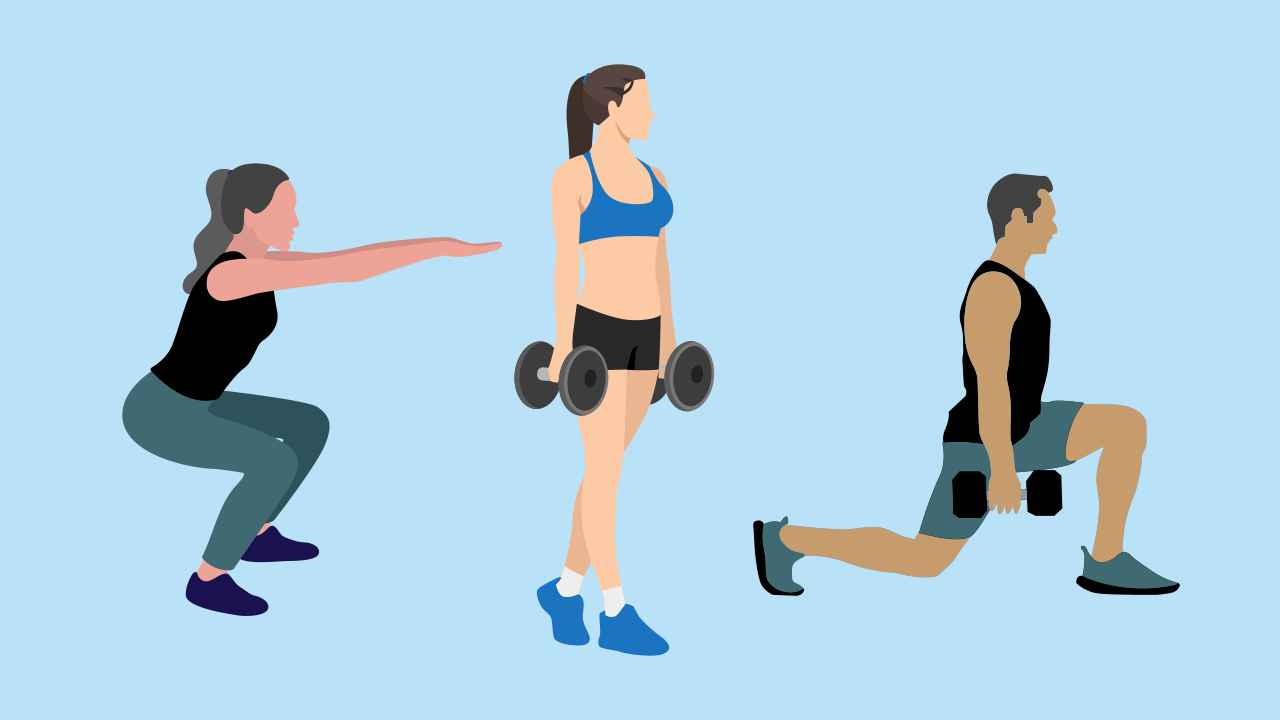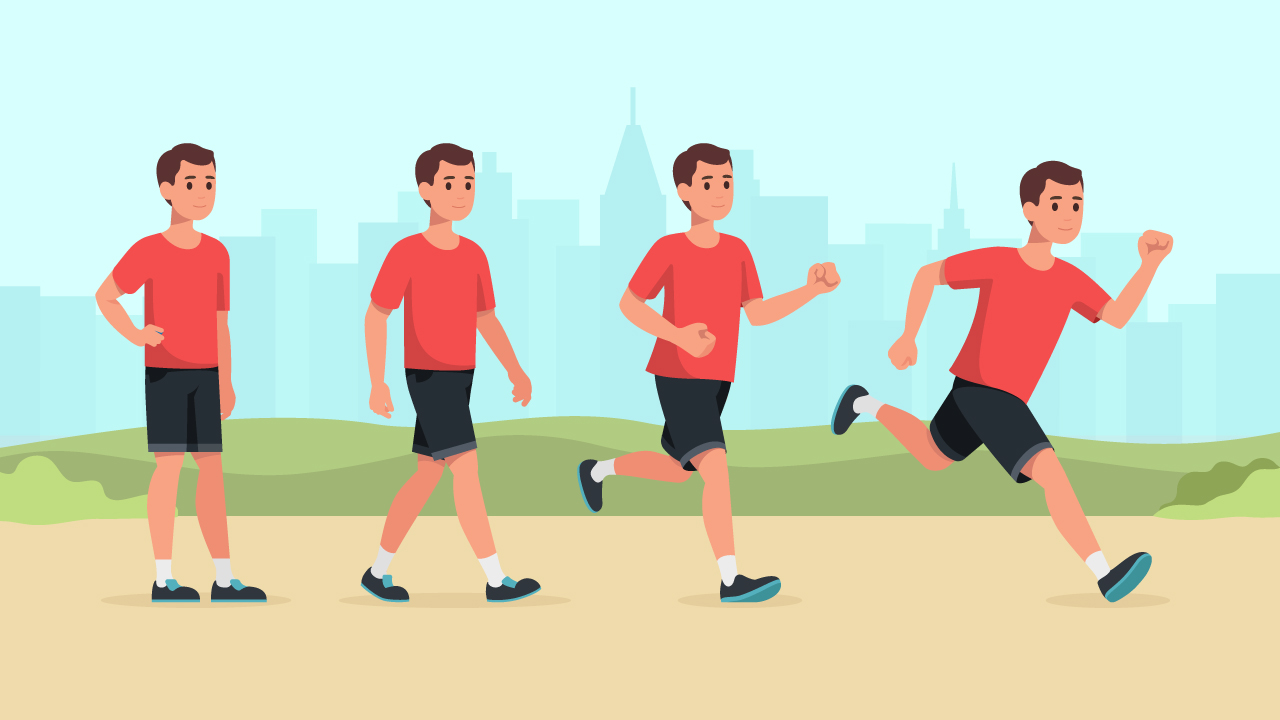
Exercise and Mental Health: Why They Go Hand-in-hand

The benefits of exercising are often attributed to physical health. But did you know that exercise is also beneficial for your mental wellbeing?
People exercise for various reasons. It could be to improve their physical health, aesthetics, recreation, or even competition. But those who have developed a regular exercise routine, simply look forward to it because they feel great after exercising. This is because exercise does carry positive effects on mood, self-esteem, energy levels, and reduces symptoms of anxiety and depression.
What impact does exercise have on mental wellbeing?
The psychological effects of exercise on the body are a result of changes at the molecular, functional, and structural levels in the brain. Here are several reasons how exercise promotes psychological well-being:
Mood
When you engage in any high-intensity exercise, your brain produces chemicals (neurotransmitters) that function as the body’s natural mood elevators and painkillers. Although your muscles are tired after exercising, you feel more relaxed and positive after a workout. This is because exercise increases the levels of endocannabinoids, a chemical similar to cannabis, produced naturally in the body. Endocannabinoids are responsible for “runner’s high”, a feeling of euphoria following an exercise that contributes to the feel-good factor.
Stress
When stress affects the brain, your body feels the impact as well. So, it is safe to say that when your body feels healthy, your mind does, too. Although it may seem counterintuitive, exercise, which is a form of physical stress can help relieve mental stress. Research evidence suggests that although exercise initially spikes a stress response in the body, chronic exercise training helps lower stress hormones such as cortisol and norepinephrine.
Memory
Neural or brain plasticity is the ability of the brain to change and adapt as a result of learning, experience, or an injury. There is scientific evidence that suggests that aerobic exercise such as running, increases blood supply to the brain, and promotes the formation of new neurons in the hippocampus, an important brain structure involved in learning and memory. One study also found that adolescents, who had higher fitness levels, demonstrated larger volumes of the hippocampus and had greater memory capacity than adolescents who had poor fitness levels.
Mental illness
Exercise, along with its numerous physical benefits, also has antidepressant effects, which is similar to the conventional antidepressant treatment. Research evidence suggests that people with major depression, Alzheimer’s disease, and severe post-traumatic stress disorder (PTSD), have a smaller hippocampus. In Alzheimer’s disease, the hippocampus is one of the areas that is affected first. Eventually, patients lose their short-term memory and become less functional. Regular exercise can prevent Alzheimer’s disease by forming new neurons, which enable us to improve memory and learn new information.
Self-esteem
Self-esteem is how we value and perceive ourselves and exercise plays a role in boosting yours. As you lose weight, tone your body and improve your strength and stamina, you’ll earn a sense of confidence and control that makes you feel good about yourself.
Exercising for mental health
Although moderate physical activity is safe for most people to start with, you should seek medical advice if you’re starting a new exercise program, have any underlying heart disease, high blood pressure, arthritis, diabetes, kidney disease, or other comorbidities.
If you haven’t been following an active lifestyle, you might be wondering where and how to start. The good news is being physically active does not necessarily mean hitting the gym or training for a marathon. According to the American Heart Association, 150 minutes of moderate-intensity aerobic exercise or 75 minutes of vigorous aerobic activity, or a combination of both, throughout the week is recommended. Additionally, moderate to high-intensity muscle-strengthening activity on at least two days per week is advised.
How to get started with exercise
If you’re just starting out on an exercise program, you should stick to a routine that is easy to maintain and follow. Once you’re comfortable with the routine, you can then choose to add variations to your program.
1. The best kind of exercise for your brain is the one that you will enjoy doing. Choose an activity that you like or have enjoyed doing in the past.
2. Setting goals for yourself is one way of measuring progress. This will not only motivate you to stick to a routine, but also give a sense of accomplishment every time you meet a goal.
3. Set realistic goals. When you’re just starting out your aim should not be to push boundaries, but rather to get your body moving. Start with exercises that fit your needs and abilities and gradually build on them.
4. It is not uncommon for your initial enthusiasm to exercise to fade over time. In this case, analyze what your barriers are and keep experimenting. For example, if you struggle to work out in the morning, try working out in the evening. If you’re getting bored running on a treadmill, try running outside or join a running group. Keep trying different methods till you find the one to stick with.
5. Apart from following a fitness routine, make exercise a part of your daily routine. This means getting active with household chores, taking the stairs, or choosing to walk/ cycle to work.
Also read: How to Have a Positive Mindset about Working Out
Your body and your mind are intrinsically connected, which means that when you take care of your physical health, it reflects on your mental health, too. While it may seem overwhelming to follow an exercise routine, starting somewhere is better than not starting at all.
References
1. Sharma A, Madaan V, Petty FD. Exercise for mental health. Prim Care Companion J Clin Psychiatry 2006 8: 106.
2. Exercise and Mental Health. Health Direct. https://www.healthdirect.gov.au/exercise-and-mental-health (accessed Apr 29, 2021).
3. Exercise and Mental Health. Better Health Channel. https://www.betterhealth.vic.gov.au/health/healthyliving/exercise-and-mental-health (accessed Apr 29, 2021).
4. Exercise for Stress and Anxiety. Anxiety and Depression Association of America. https://adaa.org/living-with-anxiety/managing-anxiety/exercise-stress-and-anxiety (accessed Apr 29, 2021).
5. Exercising to Relax. Harvard Health Publishing. https://www.health.harvard.edu/staying-healthy/exercising-to-relax (accessed Apr 29, 2021).
6. How to Look After Your Mental Health Using Exercise. Mental Health Foundation. https://www.mentalhealth.org.uk/publications/how-to-using-exercise (accessed Apr 29, 2021).
7. Star K. How Physical Exercise Benefits Mental Health. Verywell Mind. 2019. https://www.verywellmind.com/physical-exercise-for-panic-disorder-and-anxiety-2584094 (accessed Apr 29, 2021).
8. Hackney AC. Stress and the neuroendocrine system: the role of exercise as a stressor and modifier of stress. Expert Rev Endocrinol Metab 2006; 1: 783-92.
9. Armstrong B. How Exercise Affects Your Brain. Scientific American. https://www.scientificamerican.com/article/how-exercise-affects-your-brain/ (accessed Apr 29, 2021).
10. Bjørnebekk A, Mathé AA, Brené S. The Antidepressant Effect of Running is Associated with Increased Hippocampal Cell Proliferation. Int J Neuropsychopharmacol 2005; 8: 357-68.
11. Nokia MS, Lensu S, Ahtiainen JP, et al. Physical exercise increases adult hippocampal neurogenesis in male rats provided it is aerobic and sustained. J Physiol 2016; 594: 1855-73.
12. Killgore W, Olson E, Weber M. Physical Exercise Habits Correlate with Gray Matter Volume of the Hippocampus in Healthy Adult Humans. Sci Rep 2013; 3: 3457.
13. Chaddock L, Erickson KI, Prakash RS, et al. A neuroimaging investigation of the association between aerobic fitness, hippocampal volume, and memory performance in preadolescent children. Brain Res 2010; 1358: 172-83.
14. American Heart Association Recommendations for Physical Activity in Adults and Kids. American Heart Association. https://www.heart.org/en/healthy-living/fitness/fitness-basics/aha-recs-for-physical-activity-in-adults (accessed Apr 29, 2021).
15. Exercise and Depression. WebMD. https://www.webmd.com/depression/guide/exercise-depression (accessed Apr 29, 2021).The Truth Behind ‘Runner’s High’ and Other Mental Benefits of Running. Johns Hopkins Medicine. https://www.hopkinsmedicine.org/health/wellness-and-prevention/the-truth-behind-runners-high-and-other-mental-benefits-of-running#:~:text=Research%20shows%20that%20endorphins%20do,in%20the%20bloodstream%2C%20Linden%20explains. (accessed Apr 29, 2021).
16. The Hippocampus: What Is It? Epilepsy Research UK. 2017; published online Jun 17. https://epilepsyresearch.org.uk/the-hippocampus-what-is-it/ (accessed Apr 29, 2021).
17. Reed J, Ones DS. The Effect of Acute Aerobic Exercise on Positive Activated Affect: A Meta-analysis. Psychol Sport Exerc 2006; 7: 477-514.
18. Why Exercise Protects Your Brain’s Health (and What Kind Is Best). Cleveland Clinic. 2019; published online Sep 17. https://health.clevelandclinic.org/why-exercise-protects-your-brains-health-and-what-kind-is-best/ (accessed Apr 29, 2021).
19. Well-Being Concepts. Centers for Disease Control and Prevention. https://www.cdc.gov/hrqol/wellbeing.htm (accessed Apr 29, 2021).
20. Basso JC, Suzuki WA. The Effects of Acute Exercise on Mood, Cognition, Neurophysiology, and Neurochemical Pathways: A Review. Brain Plast 2017; 2: 127-52.
21. Basso JC, Suzuki WA. The Effects of Acute Exercise on Mood, Cognition, Neurophysiology, and Neurochemical Pathways: A Review. Brain Plast. 2017;2(2):127-152. Published 2017 Mar 28. doi:10.3233/BPL-160040




